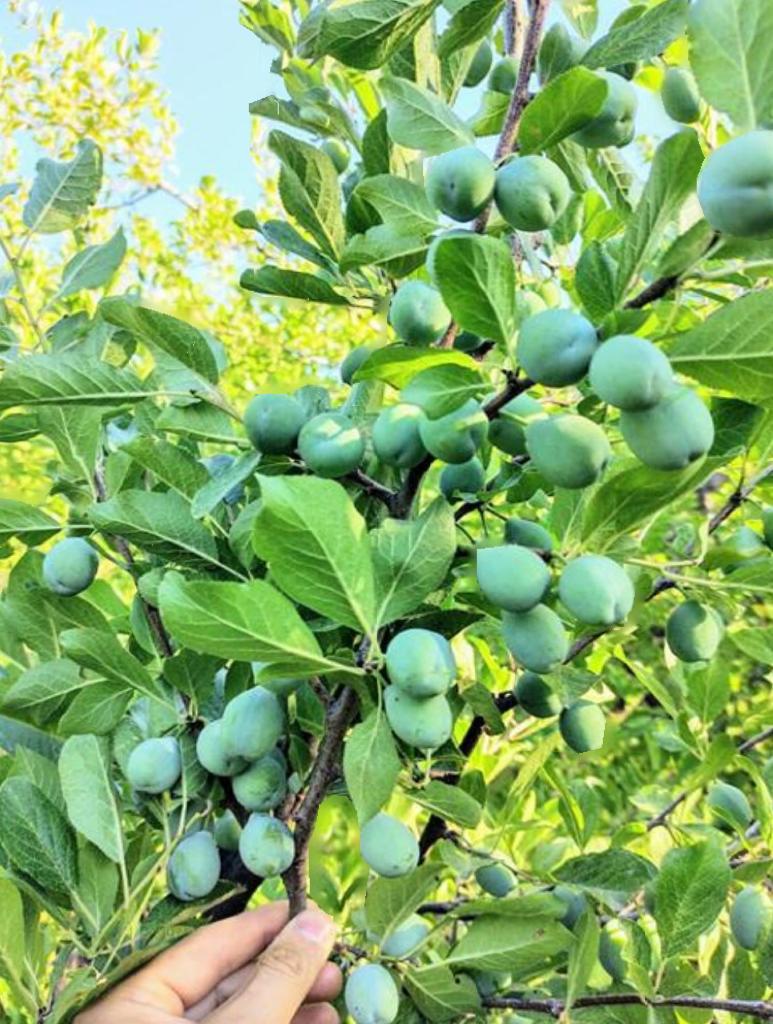In Chile the period of fruit development or filling period has started a few weeks ago, which is valid for different Chilean export products and, of course, for the D’Agen plum that after a drying process is offered as prunes to more than 75 countries in the world.
So far, this season, and with the focus in the orchards, we can say that this year looks promising, among many factors due the good hours of cold this winter (opposed to last year), without significant frost during the spring and a good amount of rainfall, even though there were a couple of intense rains in September which affected some areas of the VI Region, the main area for the plum.
Nicolás Tagle, producer and quality manager at Kaikén, projects an auspicious outlook for the 2025 harvest, thanks to what this year has been like:
“The orchards are showing a more even and stable production, which predicts a better yield for prunes. Although in some fields thinning had to be done, it was done in a more targeted manner. On the other hand, in the fields there was a slightly higher than usual abortion rate, which helped regulate the load, allowing for balanced growth. We are seeing trees with good potential and superior quality fruits, which is an encouraging sign for the sector.”
Moderate temperatures and uniform flowering have been key factors. “Unlike last year, where weather conditions affected the low Brix degrees obtained at harvest, this year shows a more controlled and optimal development, expecting to have higher Brix degrees which helps better conversions,” said Tagle, who expressed optimism about the performance of prunes this year, with sizes estimated to be in the 70/80 range, representing a significant improvement compared to the 2023 results.
Regarding the drying process, which will begin in February, Tagle stressed the importance of proper planning. “We are working with producers to ensure that everything is ready for the drying season, with the expectation of a more uniform and better quality harvest,” he said.
In the Lolol area
Patricio Pavez, general administrator of Agricola La Palma, makes a punctual analyzes of the Lolol area, where they have their operation and he says that “this winter had a good number of cold hours, which allowed the orchards to reach a normal load. This should avoid problems in the Brix degrees, despite the fact that in some orchard there was an excess of fruit”, which could affect slightly this indicator”.
“The country this year has less fruit than last year, with less load than the last season, but we still had to thin some orchards that had excess fruit. This smaller load is good because it makes for better caliber. Less base loads allow for a bigger fruit”, explained the general administrator of Agricola La Palma.
Regarding phenology, Pavéz said that last year the plants had a chronological delay of about 10 days, but this year they are on schedule. “We had normal hours of cold, a very even sprouting and abundant flowering. Non the less, the weather was not so good during that period due to two rains during the flowering process. Despite all this, the fruit set was good but not so high as last season, but adequate in terms of production.”
The impact of these rains, with a total of 37 mm in two events during the National Holyday was positive at the end. “This excess made for less fruit set, which meant less thinning”.
Regarding the fruit millimeters, the expert says that “comparing the 48th week in 2023 with the same date of 2024 we have the same sizes, same calibers.”



